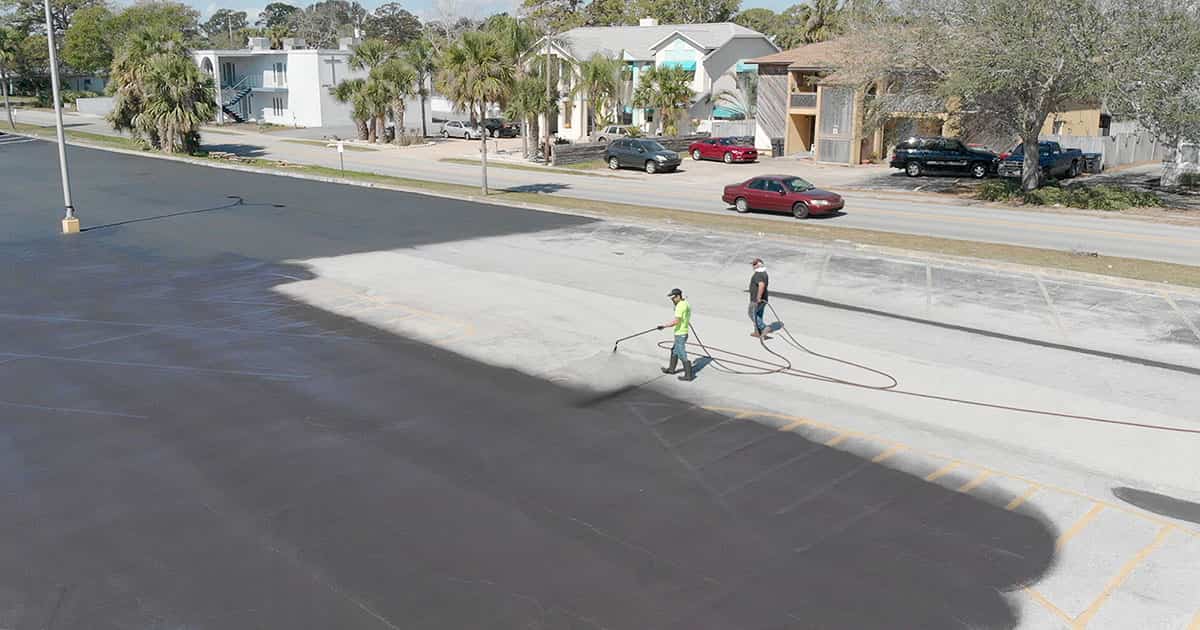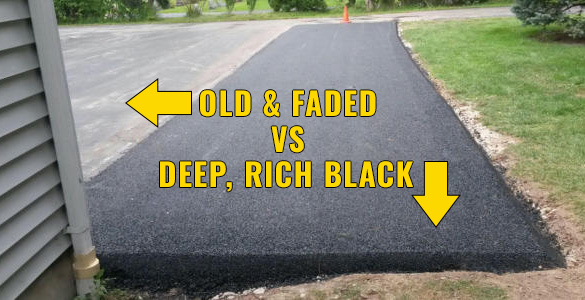Cold Mix Asphalt Vs. Hot Mix Asphalt: Which Is Right for You?

Composition Distinctions
Cold mix asphalt is created by emulsifying the asphalt binder with water and an emulsifying representative before mixing it with aggregate. The hot mix asphalt manufacturing procedure entails warming the accumulation and asphalt binder independently prior to integrating them at the asphalt plant.
Moreover, chilly mix asphalt has a tendency to be much less dense and much more versatile than hot mix asphalt. This flexibility makes it better suited for locations with greater degrees of motion, such as driveways or roads with heavy traffic. In contrast, warm mix asphalt is recognized for its high longevity and resistance to rutting and cracking, making it a recommended selection for highways and high-traffic roads where longevity is critical.
Installment Process Variances
The process of setting up cool mix and hot mix asphalt exhibits significant variances in their needs and procedures. In contrast, warm mix asphalt demands a more elaborate setup procedure. Due to the home heating requirements, hot mix asphalt setups are typically brought out by experts with customized tools, ensuring a much more structurally audio and irreversible outcome.
Sturdiness and Durability Aspects
When thinking about asphalt choices, longevity and durability are vital variables to review for lasting sidewalk efficiency. Warm mix asphalt (HMA) is recognized for its phenomenal durability and long life. The heats throughout the blending and laying process enable far better compaction, causing a denser and more powerful pavement structure. This brings about HMA being extra immune to heavy traffic loads, rough climate conditions, and the effects old contrasted to chilly mix asphalt (CMA)
In regards to longevity, HMA commonly outmatches CMA because of its exceptional toughness and resistance properties. HMA sidewalks have a longer life span, calling for less constant repair work and maintenance, which can convert to cost financial savings over time. In addition, HMA pavements are extra quickly personalized to satisfy details job needs, even more boosting their resilience.
Price Considerations
Thinking about the financial ramifications is a crucial facet when evaluating the option navigate here in between hot mix asphalt (HMA) and chilly mix asphalt (CMA) for sidewalk tasks. While the initial expense of warm mix asphalt is generally greater than that of cool mix asphalt, HMA commonly gives a more economical remedy in the lengthy run due to its remarkable longevity and longevity. HMA is known for its capability to stand up to rush hour loads and severe weather, lowering the demand for frequent repairs and maintenance. On the other hand, cold mix asphalt is much more economical in advance however may need more constant patching and resurfacing, bring about greater upkeep expenses gradually.
In addition to product prices, it's necessary to think about the costs related to installment and upkeep when comparing HMA and CMA. HMA normally requires customized devices and competent labor for proper installment, which can affect overall task expenses. Conversely, CMA is less complicated to deal with and can typically be applied making use of simpler strategies, potentially lowering read this setup expenses. Inevitably, the decision in between HMA and CMA ought to take right into account not just the initial expense but likewise the long-term economic implications to establish the most cost-efficient choice for the details pavement task.
Environmental Influence Comparison
Comparison of the environmental impacts in between warm mix asphalt (HMA) and cool mix asphalt (CMA) discloses distinctive distinctions in sustainability methods. HMA manufacturing needs high temperatures, leading to raised energy usage and greenhouse gas discharges.
Additionally, the usage of CMA commonly entails reusing existing asphalt pavement, promoting source preservation and minimizing the amount of waste sent to garbage dumps. This recycling aspect further boosts the sustainability of CMA contrasted to HMA. Generally, when thinking about the environmental influence, CMA becomes a much more environmentally lasting option due to its reduced power demands, reduced exhausts, and the capacity for recycling existing products. By choosing CMA over HMA, roadway building and construction jobs can add favorably to ecological conservation initiatives.
Final Thought
Finally, the option between chilly mix asphalt (CMA) and warm mix asphalt (HMA) depends on different aspects such as composition, setup procedure, resilience, durability, price, and environmental impact. asphalt patch repair. While CMA offers a fast dig this and affordable solution for minor repair services, HMA makes certain exceptional toughness and long life for rush hour areas. Think about these aspects meticulously to determine which sort of asphalt is the best option for your paving requires

Thinking about the economic implications is a vital aspect when examining the selection between hot mix asphalt (HMA) and cold mix asphalt (CMA) for sidewalk tasks. While the preliminary expense of warm mix asphalt is generally greater than that of cool mix asphalt, HMA often offers a much more cost-efficient solution in the long run due to its remarkable longevity and longevity. angle parking.Contrast of the ecological influences in between warm mix asphalt (HMA) and cool mix asphalt (CMA) discloses distinct differences in sustainability practices.In conclusion, the option between chilly mix asphalt (CMA) and hot mix asphalt (HMA) depends on different aspects such as make-up, installment procedure, longevity, long life, price, and ecological influence